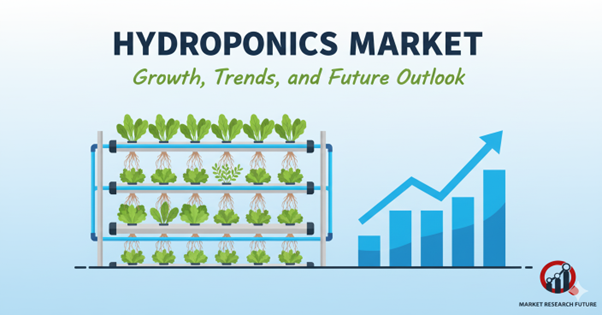Hydroponics - Meaning, how it Works, Types and Trends

What is Hydroponics?
Hydroponics is a high-tech way to grow plants without soil. Instead, it uses water that is full of nutrients. It's a new way of farming that lets farmers grow crops all year round, no matter where they are or what time of year it is. This environmentally friendly method not only saves water, but it also makes it possible to grow more crops in smaller spaces. Because of this, it will be the best choice for urban and indoor farming in 2025.
What is Hydroponics?
Plants in hydroponic systems get all the nutrients they need from water instead of soil. This is how it works:
- Freshwater: Water with a pH level between 6 and 6.5 is best for plants to grow. It's easy to change the pH levels.
- Oxygen: Air pumps or small gaps between the water and roots provide oxygen to help the roots breathe.
- Root Support: To keep plant roots stable, materials like coconut coir, Rockwool, or peat moss are used.
- Nutrients: Directly adding important minerals like calcium, magnesium, and phosphorus to the water.
- Light: Artificial grow lights give plants the energy they need to photosynthesize, which is especially important for indoor systems.
By keeping these things in mind, growers can make the perfect place for plants to grow, even without soil.
Different kinds of Hydroponic Systems
1. Wick System: A wick in the solution lets the roots take in nutrients.
2. Deep Water Culture: Roots are always getting nutrients because they are in a nutrient solution.
3. Ebb and Flow: Pumps control the flow of nutrients to make it look like natural irrigation.
4. Drip System: Slowly, nutrients are dripped onto the base of each plant.
5. Nutrient Film Technique (NFT): A thin film of nutrients moves around the roots of plants.
6. Aeroponics: Nutrient sprays are used to mist the roots so they can quickly absorb them.
Trends in Hydroponics
Hydroponics is becoming a key solution for future farming as food safety and sustainability become more important. This new way of growing food without soil is changing the way people grow food all over the world, from rooftop gardens to big indoor farms.

Leave a Comment